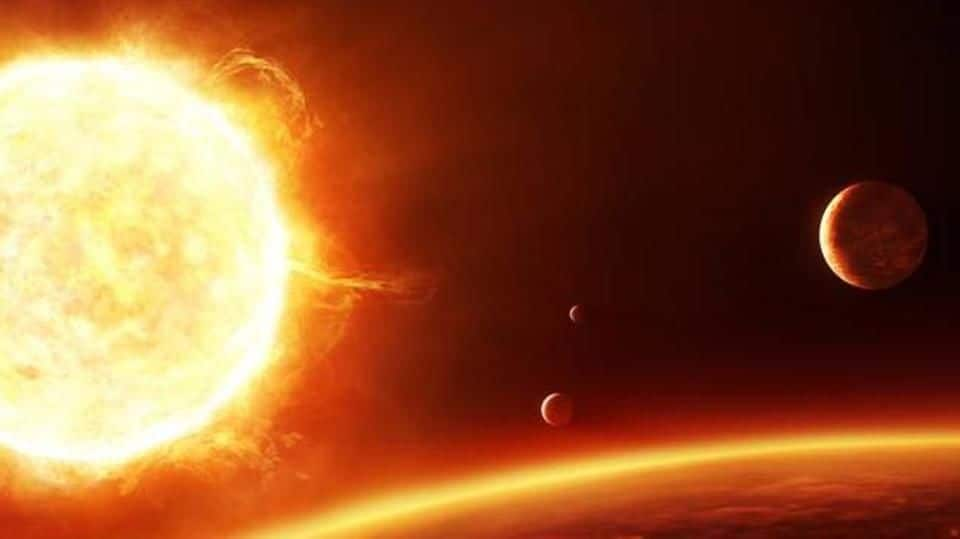
NASA sets 2018 goal: Will launch mission to "touch" Sun!
What's the story
NASA, which is turning 60 this year, has released a "2018 to do list" including an exciting mission to "touch" Sun!
In a bid to explore and study Sun's outer atmosphere, the American space agency is set to launch Parker Solar Probe around July and August.
The spacecraft will fly as close as 6.2 million kilometers to our star's outer surface.
Here's more!
Information
Will stay within Mercury's orbit
Parker Solar Probe will fly within Mercury's orbit but only 6.2 million kilometers away from Sun's surface. No spacecraft has gone that close to Sun before. The probe will be designed to survive temperatures of over 1,371 degrees Celsius, powerful radiations, and supersonic particles' impacts.
Details
Primary objective of solar probe mission
The Parker Solar Probe will fly seven times around Venus and use its gravity to gradually get closer to the orbit around Sun by 2024.
It would conduct scientific investigations in a hazardous region around Sun.
The mission's primary science goals include studying how heat and energy move through Sun's corona (outermost surface) and finding what force accelerates solar wind and solar energetic particles.
Twitter Post
Here's NASA's 2018 to do list
◻ Send a robot to Mars
— NASA (@NASA) December 31, 2017
◻ Launch @NASA_Astronauts with American companies from U.S. soil
◻ Visit an asteroid
…just a few of the things we have planned for the year ahead!
Take a look at our 2018 ‘To Do’ list: https://t.co/piYsJYiogW pic.twitter.com/JhV65JM53A
The Mission
NASA's solar mission got approval in 2014
The Parker Solar Probe mission, earlier called Solar Probe Plus, was approved in 2014. It was renamed to honor University of Chicago physicist Eugene Parker who accurately predicted solar wind's existence in 1958.
It is designed and built by the Johns Hopkins University laboratory. NASA is spending $1.5bn for building and launching the probe.
It will have instruments to measure and sample Sun's corona.
Quote
Sun's corona holds many mysteries: A Scientist
Speaking about the solar probe mission, Nicky Fox, a Project Scientist at the Johns Hopkins University Applied Physics Lab, stated: "We're going to go into the corona, which is the home to many mysteries that have baffled scientists for decades and decades."
Other Missions
Other important missions NASA is launching this year
NASA will expand its existing robotic fleet on Mars with InSight Mars lander to study its interior and subsurface.
The TESS (Transiting Exoplanet Survey Satellite) would be launched by Jun'18 to search for planets beyond our solar system by monitoring over 200,000 bright, nearby stars.
NASA's first asteroid sample-return mission, OSIRIS-REx, would reach near-Earth asteroid Bennu in Aug'18 and return sample by 2023.
Information
NASA's Earth observation missions: ICESat-2 and GRACE Follow-On
In 2018, the US space agency will also launch the next-generation satellites of two long-term missions - ICESat-2 and GRACE Follow-On. ICESat-2 and GRACE Follow-On will measure Earth's ice sheet elevation, sea ice level, water movement across the planet, land topography, vegetation characteristics, etc.